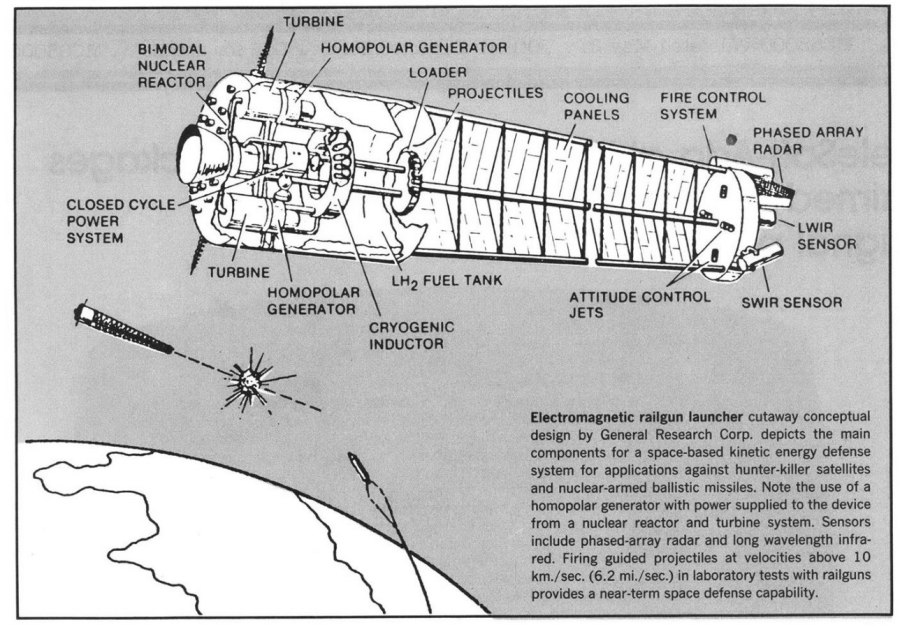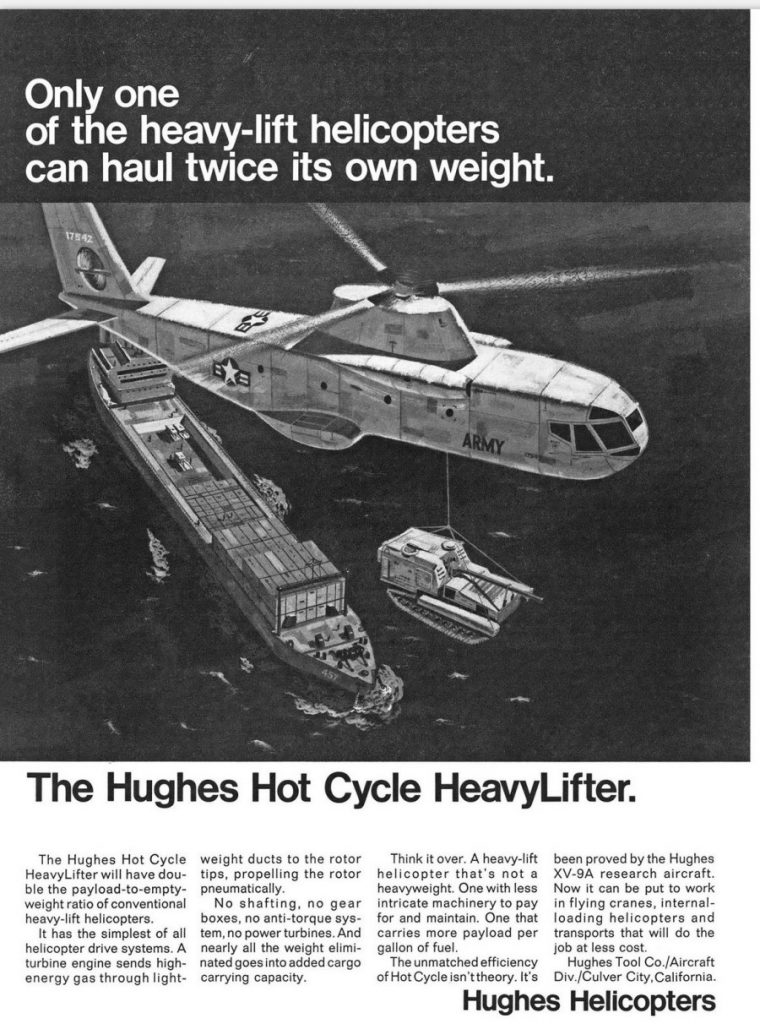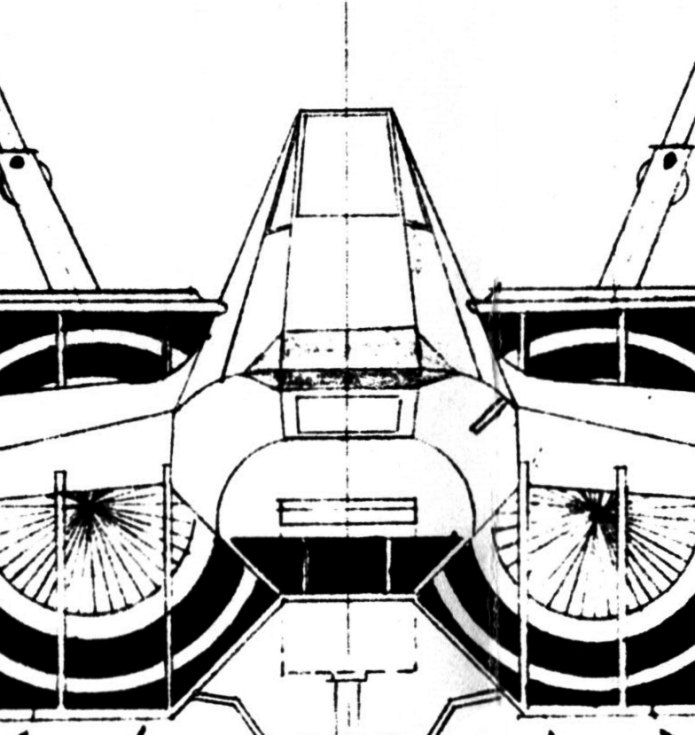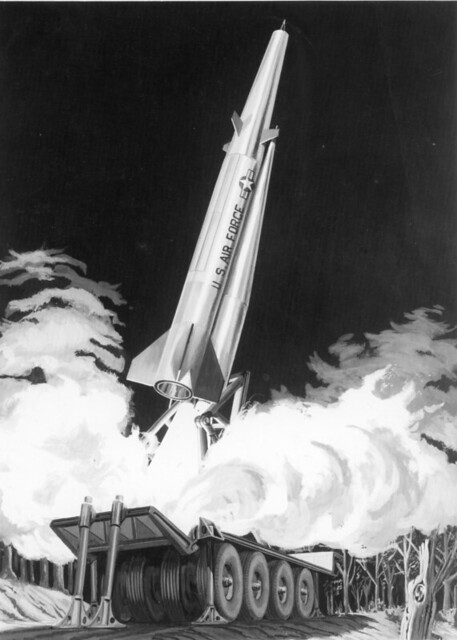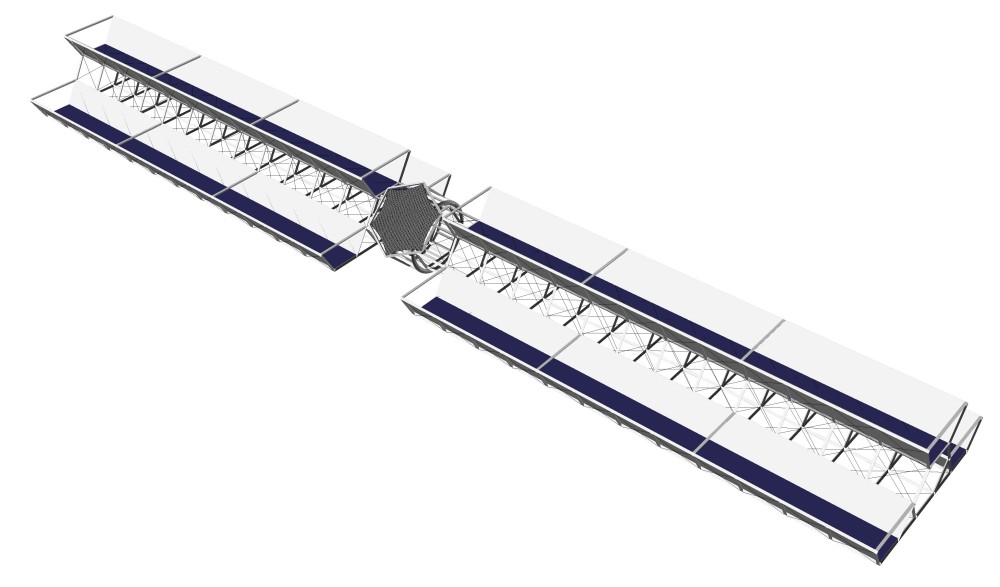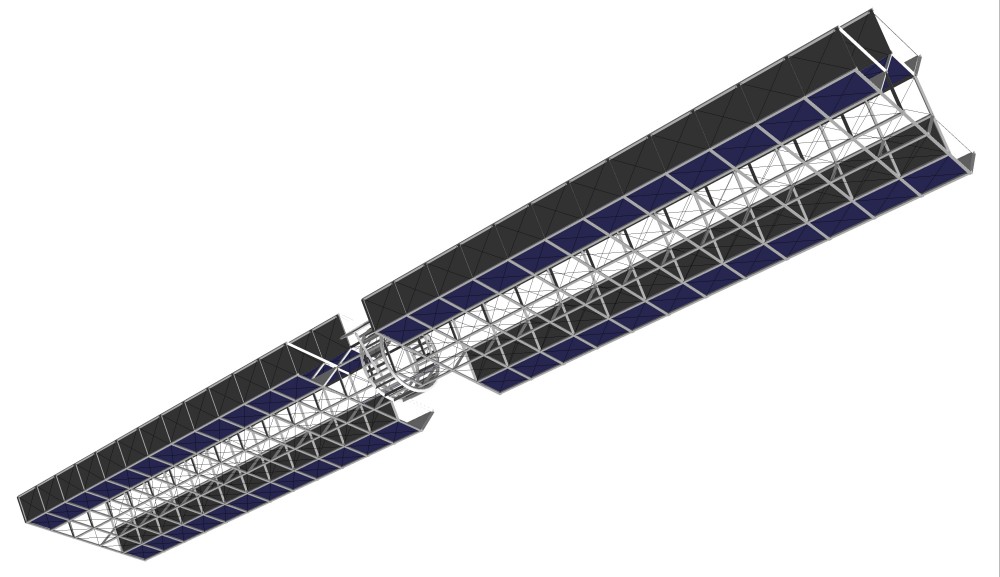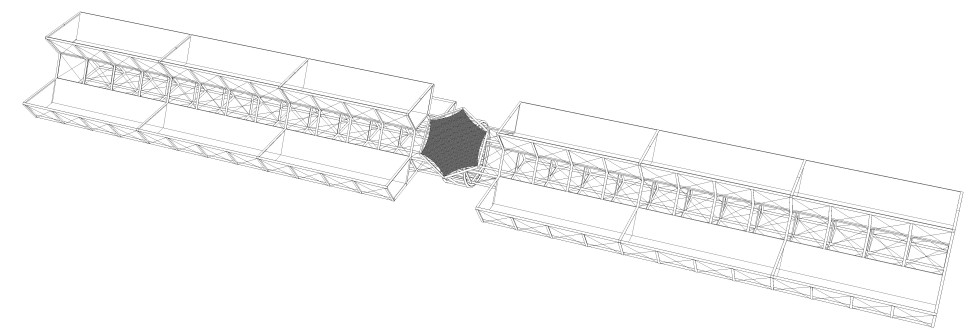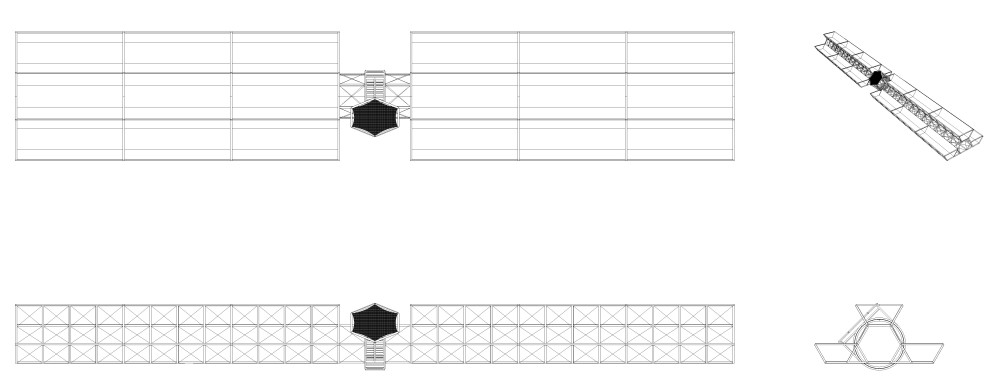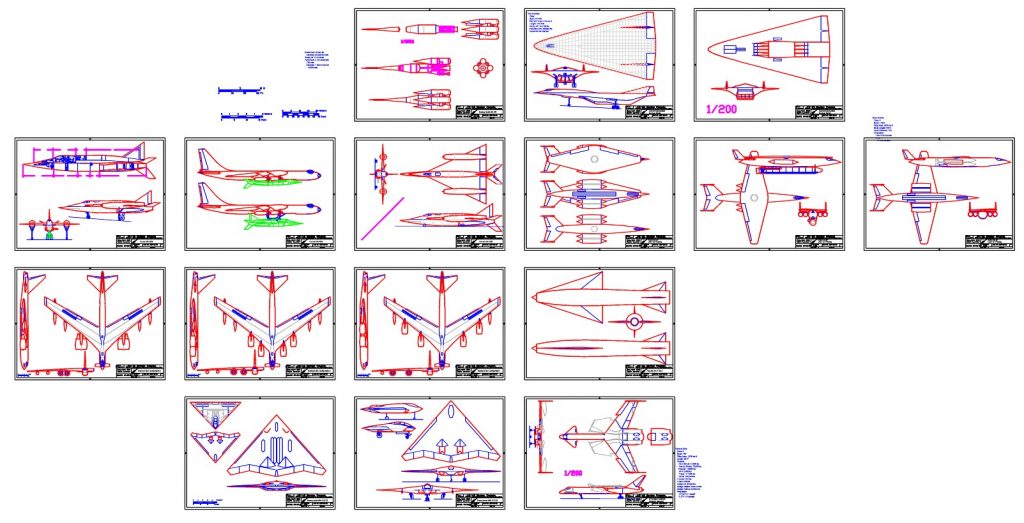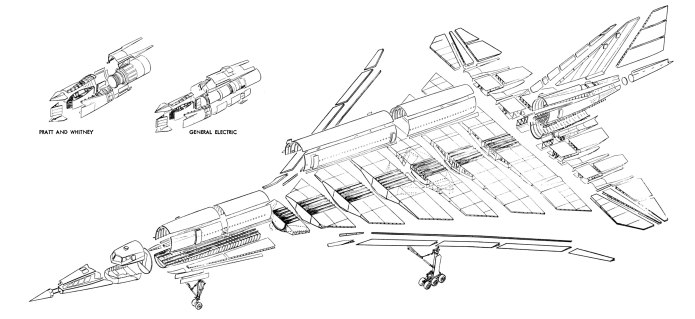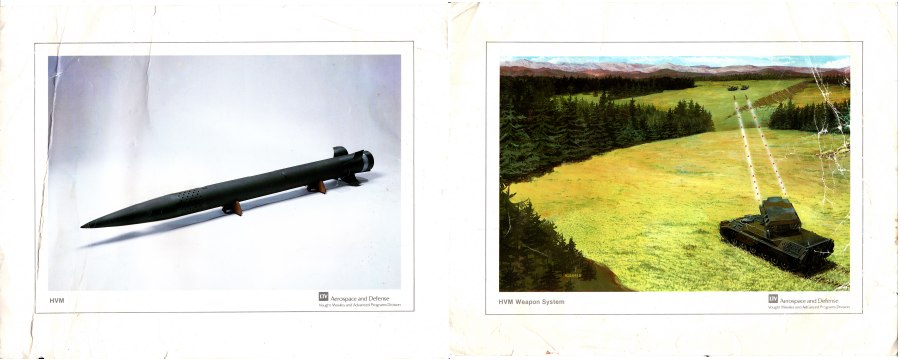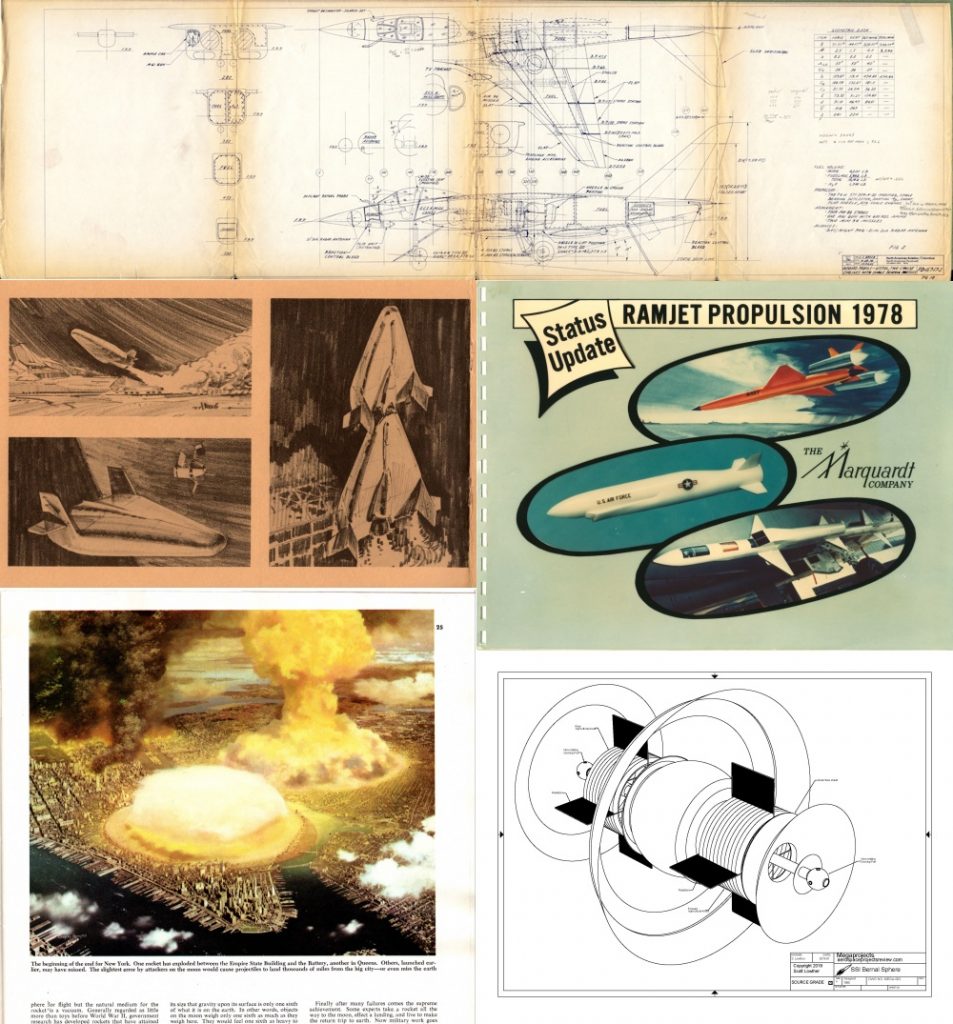The Air Force Research Lab has released a half-heartedly CGI animated video showing the X-60A hypersonic research vehicle designed by Generation Orbit. This is a small unmanned missile to be carried to release altitude underneath a modified Gulfstream III corporate jet, where it would fire its own throttleable liquid rocket engine and climb to cruise altitude (~130,000 ft). The vehicle is fitted with an unconventional set of wings and control surfaces; it’s not immediately clear just what it’s supposed to do other than go fast. One would imagine that high-Mach airbreathing propulsion systems would be of interest to the USAF these days, and scramjet technology is mentioned as part of the proposed payload, but how such equipment would be integrated into the vehicle is unclear.

